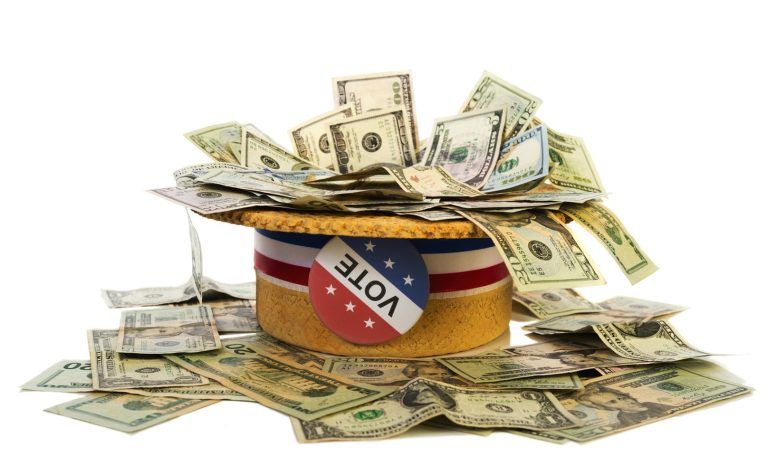AFP and MBS tips on Galas & Special Events!
Special event mania! This article below from the Association of Fundraising Professionals (AFP) is a good read about galas and some tips for success. Seems today that a majority of nonprofits rely heavily on the success of special events as a primary fundraising vehicle – hoping to bring in enough funds for programs and services, investment in technology, organizational growth, capacity building, expansion or simply establishing a reserve. First and foremost, these events should be viewed at a minimum as an entry point into your organization for prospects, donors, collaborators, volunteers, etc., and at a maximum one of the productive spokes on your organization’s fundraising wheel.
While these AFP “must-haves” are relevant and can be difference makers for your gala/event, my experience with special events makes me want to share a few of my own and to caution you on a few as well.
- Purpose – Sounds pretty obvious, right? Raise money? Nope. Too often nonprofits go right by a couple of questions around purpose. Is the event aligned with the mission or not? Is the goal public awareness or raising money? The first question determines potential of mission creep and if it’s worthy of our time, energy and resources. The second question will help guide the budget discussion and the expected return on investment. If it’s primarily a PR event, it should at least be budget neutral or don’t do it. If it’s primarily a fundraising event, then a budget should be produced before committing to it and it should display an appropriate ROI – e.g. for every $1 spent, you should raise $1.50. Too often, a board member, a caring donor or a creative staff person will idea dump a special event that they love out of the gate and totally skip these important considerations – mostly because they expect everyone to love as much as they do regardless of mission and budget. Third party fundraisers are another story!
- Budget – So black and white a budget is, but extremely important and, surprisingly, too often neglected in the gala/special event world. Not going to spend much time here, mostly to strongly encourage you to always utilize this foundational principle with events. With competition for donor attention and dollars and seemingly a fundraising event every week – virtual and literal – make sure activities and numbers are meeting the expectations! If they are not, then adjustments in planning and execution need to be made – up to, and including, canceling the beloved event or not even doing it the first time. I have seen too many events go financially awry because of unguided spending and and unrealistic sponsorship levels. Put it on paper!
- Pledges – Imagine locking in a majority of your event revenue for multiple years? Create and solicit unique opportunities for donors to sponsor all or parts of your special event, and then lock them in with a multi-year commitment, or pledge. It is necessary to show them the value and to connect them to your cause, of course, and you will need to cultivate and steward the relationship to ensure the pledge comes to fruition. Engage them in the planning even! The more integral to the event they feel, the higher the likelihood they will renew. Additionally, this will allow you to turn more time and energy into bringing new donors, attendees, sponsors to the event as well – not to mention the peace of mind.
- Auctions, Raffles – Fundraising is hard work, period. Special events are challenging, period. So, strongly consider the additional time, energy and resources required before you add an auction (live or silent) or raffle to the event. Admittedly, they can bring in additional revenue, but there are expenses to consider as well – e.g. those vacation packages cost money and there is no guarantee someone will buy it at your desired amount (i.e. ROI). For me though, the primary caution is the overwhelming nature of being asked again and again during an event. First consider what your donors (sponsors and attendees of the special event) have already invested in your event or organization. If you are hosting a high dollar event with tickets in the hundreds of dollars range or table sponsorships that are thousands of dollars, your attendees may not take kindly to being hit up again and again during the event. I have been to events where an emcee did a live auction starting with vacation packages and went all the way down to $100 asks via a show of hands in the audience and at tables – it took an hour!
- Unique – In business today, separating yourself from your competition is paramount. In this case, what makes your special event or gala different from all the others? Hopefully your cause is out front and is a leading the interest in your community, but donors today typically have more than one charitable interest. Making your event unique – from promotion to post-event follow up – is key! Is it event entertainment? Is it video content with compelling stories and testimonials? Is it your pre/post event survey? For example – I recently attended 1500 person Gala where the organization handed out comfortable slippers for attendees, with the event logo on them. Why? The event lasts 5+ hours, includes multiple transitions from reception to dinner to concert and everyone is dressed to the nines (heels especially) – attention to detail for the comfort of their guests! Budget certainly drives your capacity for uniqueness (unique may come at a price!), but if yours is just like all the other events… how is it memorable and how does it entice attendance for next year?

Best of luck in your Gala/Event fundraising! For more blog entries from Moore Business Strategies, visit www.mooretobusiness.com!








